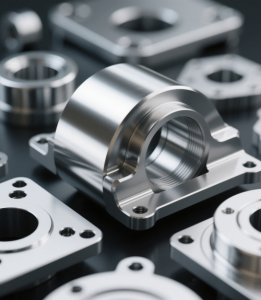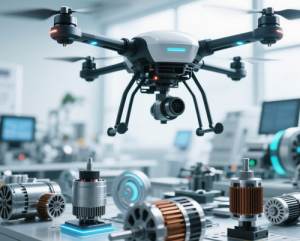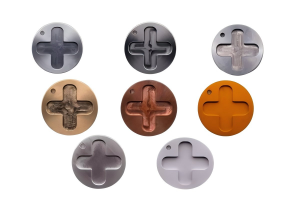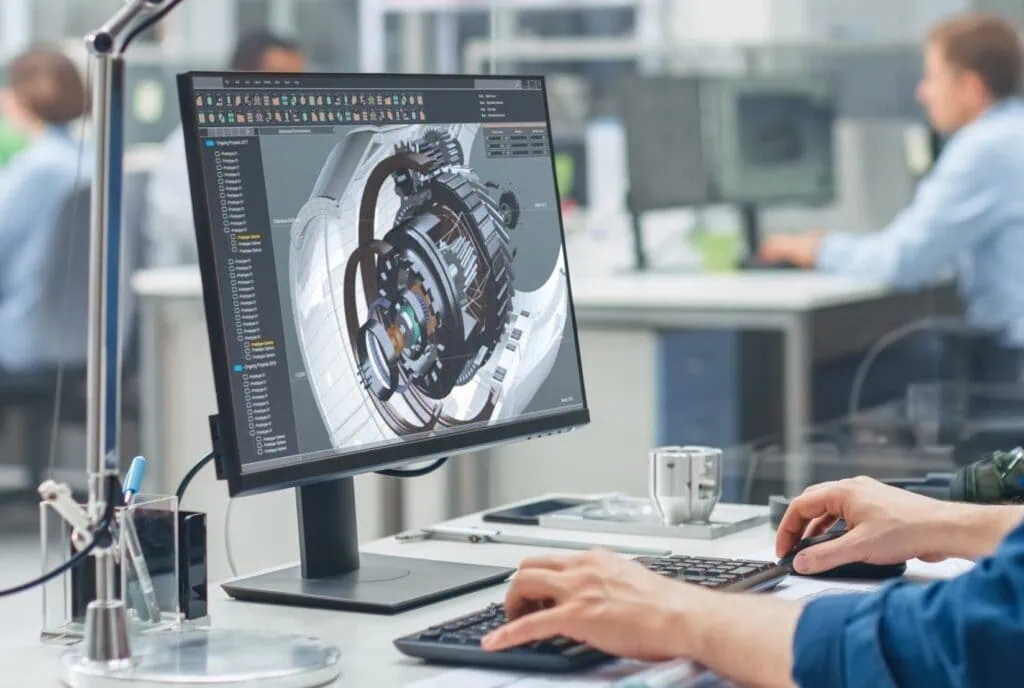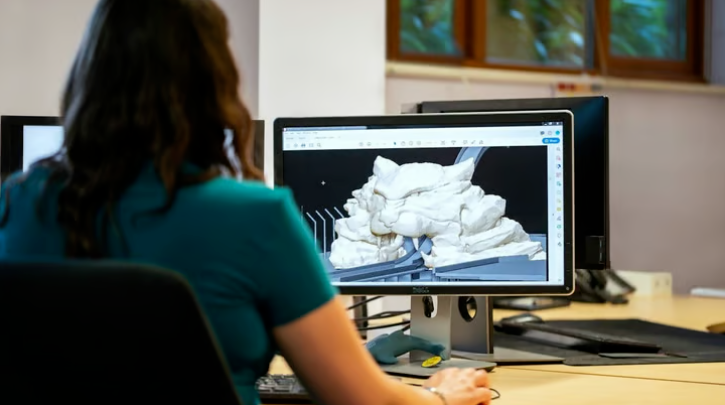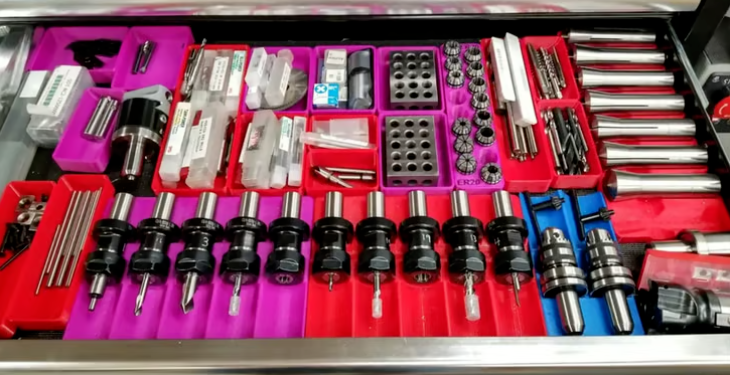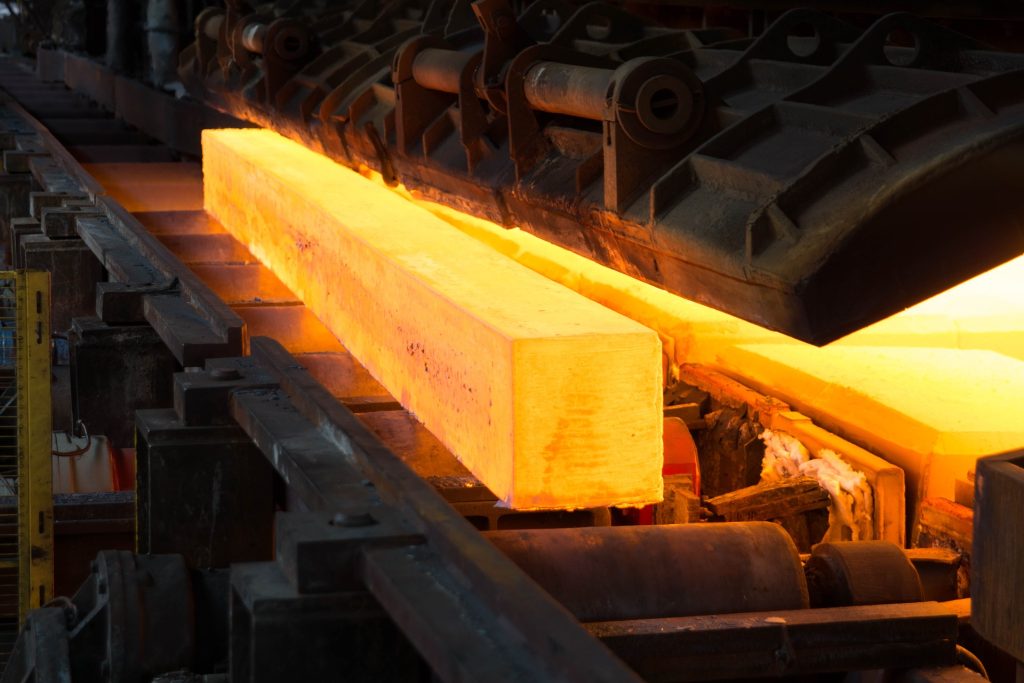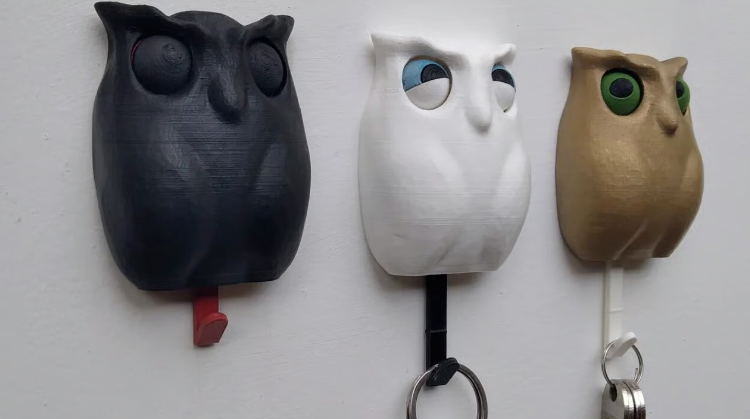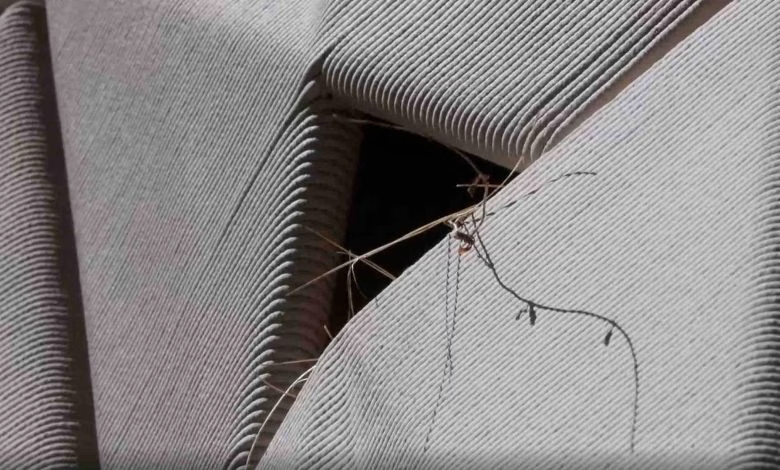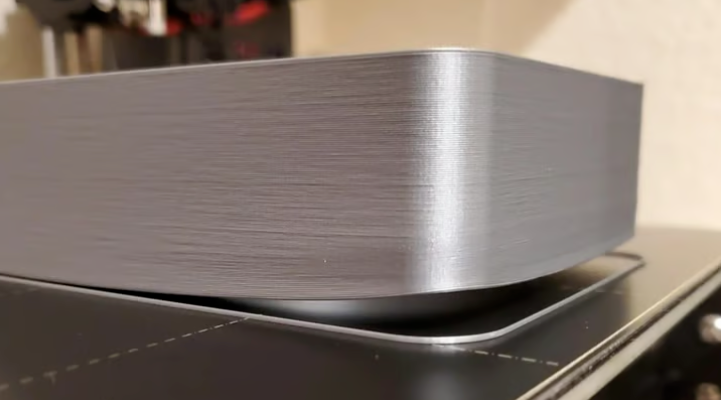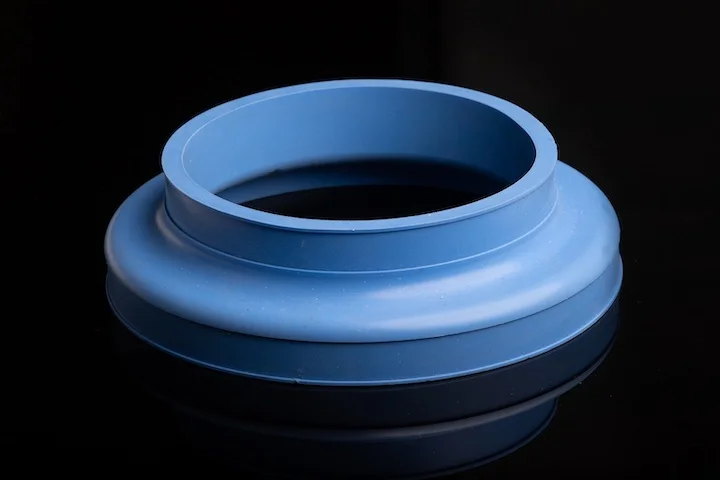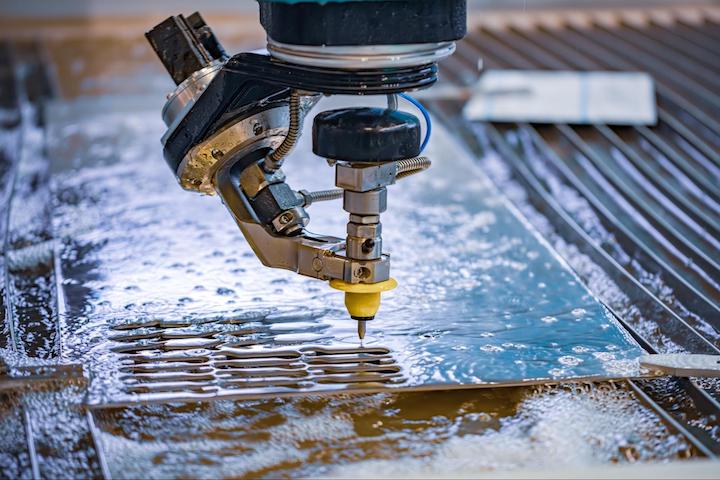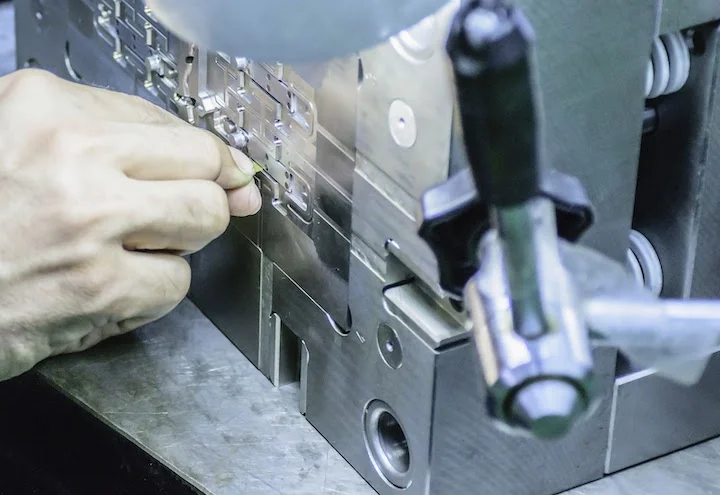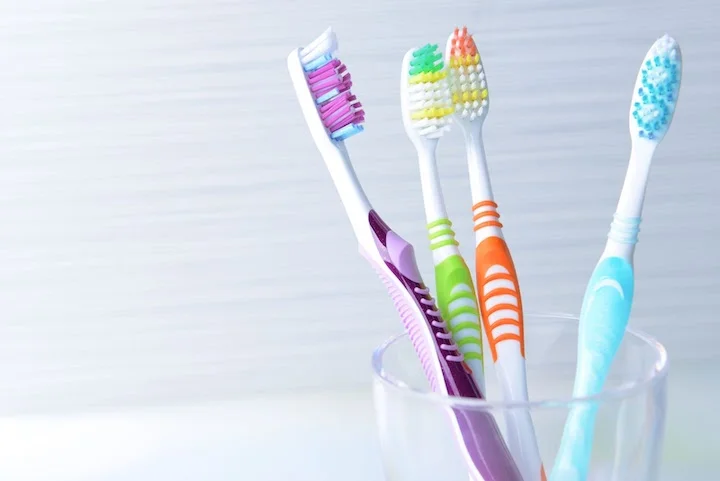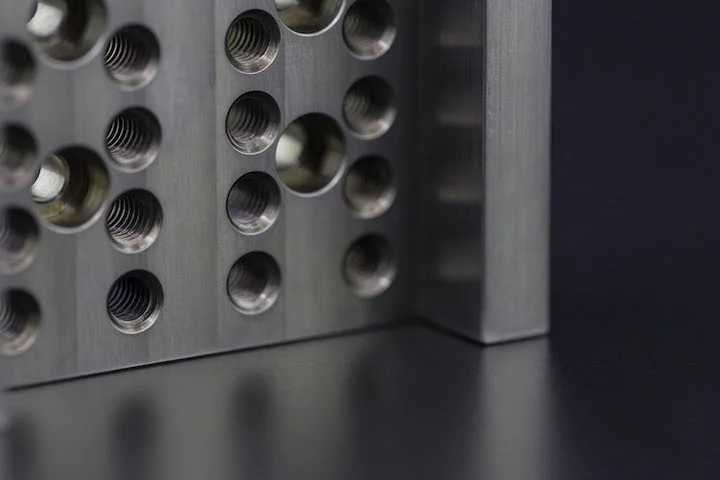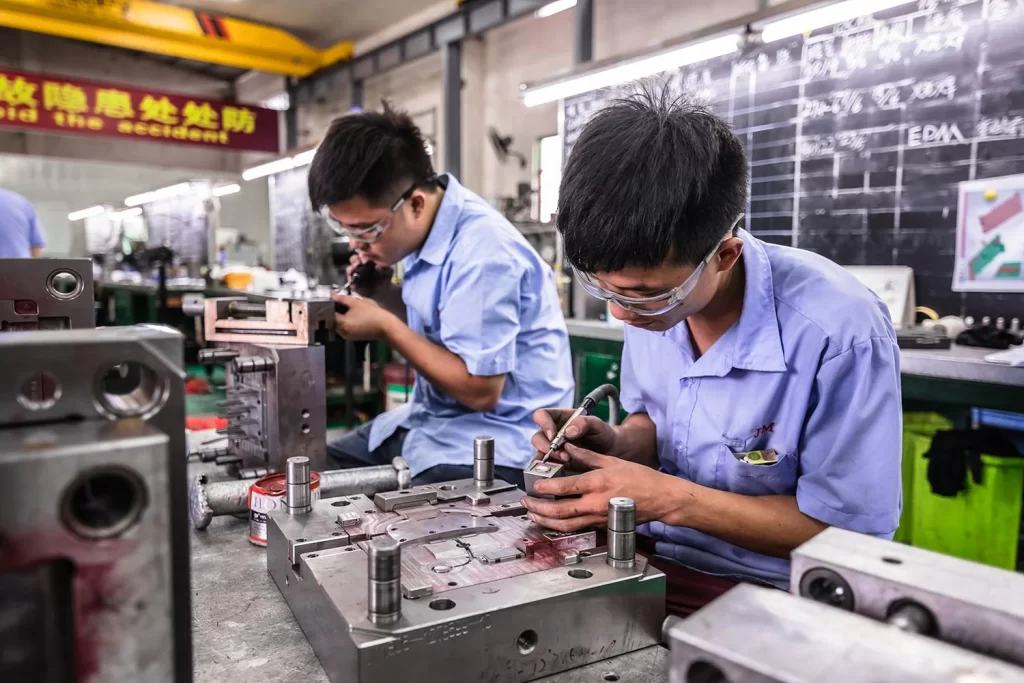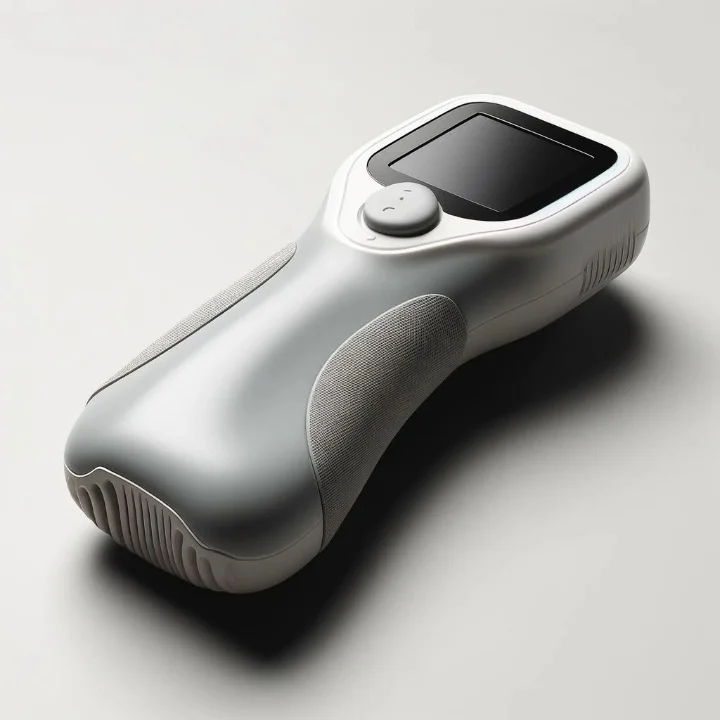Did you know? Overmolding technology is widely used in products ranging from toothbrushes to drones. Overmolding not only improves the comfort, aesthetics, and operational convenience of tools or machines but also delivers a user-friendly experience. This article will comprehensively introduce the concept of overmolding, its process flow, applicable materials, and how CNC machining elevates the level of overmolding. Let’s get started!
What Is Overmolding?
Let’s explain overmolding with an example. Consider a screwdriver: its handle is usually covered with rubber. The process of applying this rubber coating to the handle is called overmolding. In other words, it is a manufacturing process where a layer of coating material is applied over a base material. This coating enhances durability and grip.
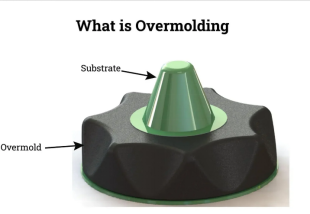
What Is Secondary Molding?
Working Principle of Secondary Molding
The process involves 4 simple steps:
- Prepare the mold
- Form the first layer on it
- Overmold the second layer
- Cool and perform required finishing steps
Main Types of Overmolding Processes
This section will familiarize you with different types of overmolding processes.
Injection Overmolding
In this method, you coat a pre-formed base material, meaning the second layer is deposited onto an already coated material. This approach is suitable for mass production. One of the most common examples is smartphone cases with TPU edges.
Two-Component Molding
You could call it dual-color injection molding, and this technology is most widely used in Germany. Two different required materials are injected into a single machine in sequence to produce a single product. This technique is ideal for keyboard keys.
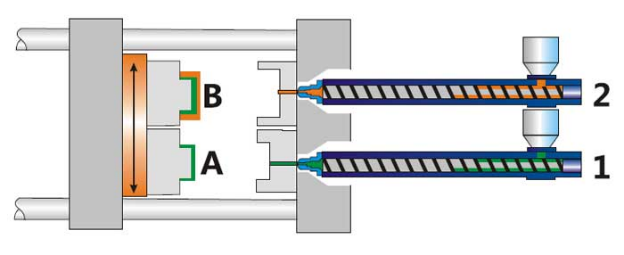
2K Molding vs. Overmolding
The table below summarizes the differences between 2K molding and overmolding:
| Aspect | Two-Component Molding | Traditional Overmolding |
|---|---|---|
| Speed | Faster (one cycle) | Slower (two cycles) |
| Cost | Higher machine cost | Lower mold cost |
| Bonding Strength | Excellent | Suitable for surface treatment |
Insert Molding
The pre-fabricated part is called an insert. The insert is placed into the mold cavity, and then the molding material is added. It is used in consumer goods and surgical components.
Overmolding vs. Insert Molding
You can explore the core differences between overmolding and insert molding:
| Aspect | Overmolding | Insert Molding |
|---|---|---|
| Process | Layered materials | Wrapping pre-placed inserts |
| Bonding Strength | Chemical adhesion | Mechanical encapsulation |
| Best For | Soft grips, multi-material parts | Metal/plastic hybrids |
| Cost | More advanced tools | Suitable for simple components |
Polyurethane Casting
As the name suggests, “casting” involves adding liquid material into a mold of the desired shape. You can use this process for prototyping or small-batch production. Common applications include medical handles and seals.
Fabric and Mesh Overmolding
You can integrate woven or fabric materials with plastic during the molding process. Common applications include sports equipment and footwear. This process enhances the functionality and durability of products.
Materials Used in Overmolding
This part of the article contains information about the materials used in the overmolding process.
Common Thermoplastics for Overmolding
We use thermoplastics for overmolding because of their fluidity and low melting points.
TPE (Thermoplastic Elastomer)
TPE is a block copolymer that melts like plastic but bends like rubber. Due to its softness and flexibility, it is often used in manufacturing tool handles and seals.
TPU (Thermoplastic Polyurethane)
It is a polyurethane member of the TPE family, featuring high strength and wear resistance. This material has good abrasion resistance, so it is commonly used in making phone cases and cables.
PVC (Polyvinyl Chloride)
PVC is a versatile vinyl plastic. We choose this material for overmolding because it is economical and durable. Its applications include pipes and medical catheters.
Overmolding Plastic onto Metal
Plastic and metal are two different materials with distinct properties. Therefore, combining plastic and metal results in a hybrid material.
Advantages of Metal Substrates in Overmolding
The advantages of metal substrates are as follows:
- Enhanced strength and durability due to increased impact strength.
- Metal dissipates heat better than plastic and is harder, so it is less likely to deform.
- Well-treated metal forms stronger chemical bonds with plastic, thus reducing the risk of delamination.
Types of Metals Suitable for Overmolding
The table below provides different materials (usually used as inserts) suitable for the overmolding process:
| Metal | Key Properties | Common Applications |
|---|---|---|
| Aluminum 6061 | Lightweight, corrosion-resistant | Aerospace, automotive parts |
| Stainless Steel | High strength, sterilizable | Medical devices, food industry |
| Brass | Excellent conductivity, machinability | Electrical connectors, valves |
| Titanium | Biocompatible, high strength-to-weight ratio | Surgical implants, sports equipment |
Types of Metals Unsuitable for Overmolding
Here are the reasons why these materials cannot be used for overmolding:
| Metal | Reasons for Unsuitability |
|---|---|
| Zinc | Low melting point may cause warping during molding. |
| Magnesium | Reacts with many plastics, which can corrode or weaken adhesion. |
| Lead | Toxic and incompatible with food/medical applications. |
| Untreated Steel | Prone to rust; requires electroplating or coating for adhesion. |
Advantages of Overmolding
If you adopt the overmolding manufacturing process, you will gain the following advantages:
Functional Advantages
Overmolding offers the following functional benefits:
- Excellent durability and weather resistance
- Built-in impact, vibration, and stress suppression
Aesthetic Advantages
We often use overmolding to achieve aesthetic effects:
- High-quality appearance, feel, and custom branding
Production Advantages
Overmolding also has some production-related advantages, as you can see from the following points:
- Fewer assembly steps and faster production speed
- Reduced total cost of parts and tools
Applications of Overmolding in Various Industries
Now, we will discuss common applications of overmolding in well-known industries:
- In the automotive industry, you can use PC+TPU materials for overmolding to make gear shift knobs.
- In the electronics industry, we use ABS+TPE to overmold drone controllers.
- In the medical industry, we use PEEL + LSR materials in overmolding to make ergonomic scalpel handles.
Overmolding and Precision CNC Machining: A One-Stop Solution
In this section, we will focus on how CNC machining assists overmolding.
Why Combine CNC Machining with Overmolding?
- Due to high precision, CNC-machined parts will provide perfect dimensions, ensuring excellent adhesion.
- CNC is a very advanced machine through which we can manufacture complex parts for overmolding.
- CNC reduces material waste during part processing.
- CNC can provide tolerances of ±0.005″ for parts.
Design Workflow: From CAD to CNC to Overmolding Tools
The following is a complete guide to overmolding tools:
| Stage | Key Actions | Equipment |
|---|---|---|
| CAD Design | Model parts, DFM analysis | CAD software |
| CNC Machining | Machine base substrates | 3-axis CNC |
| Surface Preparation | Sandblasting, etching, cleaning | Plasma torch |
| Overmolding Injection | Injection, cooling, ejection | Molding machine |
| Final Quality Control | Test functionality, measurement | Coordinate Measuring Machine (CMM), testers |
CNC Preprocessing for Inserts: Metal, Plastic, and Hybrid Cores
Alloys Best for Overmolding
Here are some materials prepared for overmolding through CNC machining:
| Material | Bonding Strength | Typical Applications |
|---|---|---|
| 6061 Aluminum | Excellent | Consumer electronics |
| 4140 Steel | Good | Industrial tools |
| C360 Brass | Fair | Sanitary equipment |
| PEEK Plastic | Excellent | Medical implants |
Surface Treatment Methods
Some surface treatments help improve the strength of parts. These include sandblasting, chemical etching, and plasma treatment.
Conclusion: Is Overmolding Suitable for Your Project?
We conclude this article with the question, “Is overmolding suitable for your project?” The answer is yes, because it is a versatile manufacturing process that provides both functional and aesthetic benefits. You can choose the right materials based on the application. For the base material, you should use CNC machining because of its advanced features.
For more information, please contact Debaolong Seiko. You are also welcome to upload your designs to Debaolong Seiko for a quotation.

